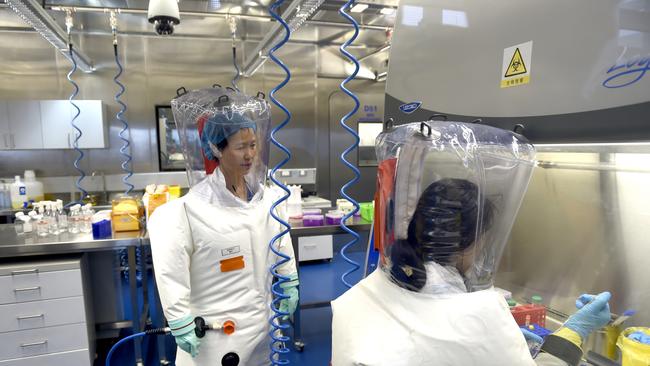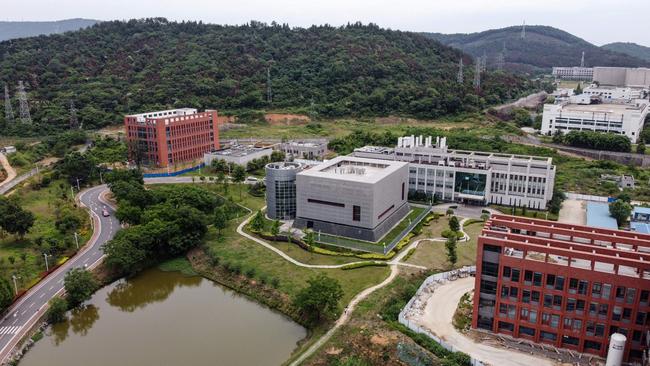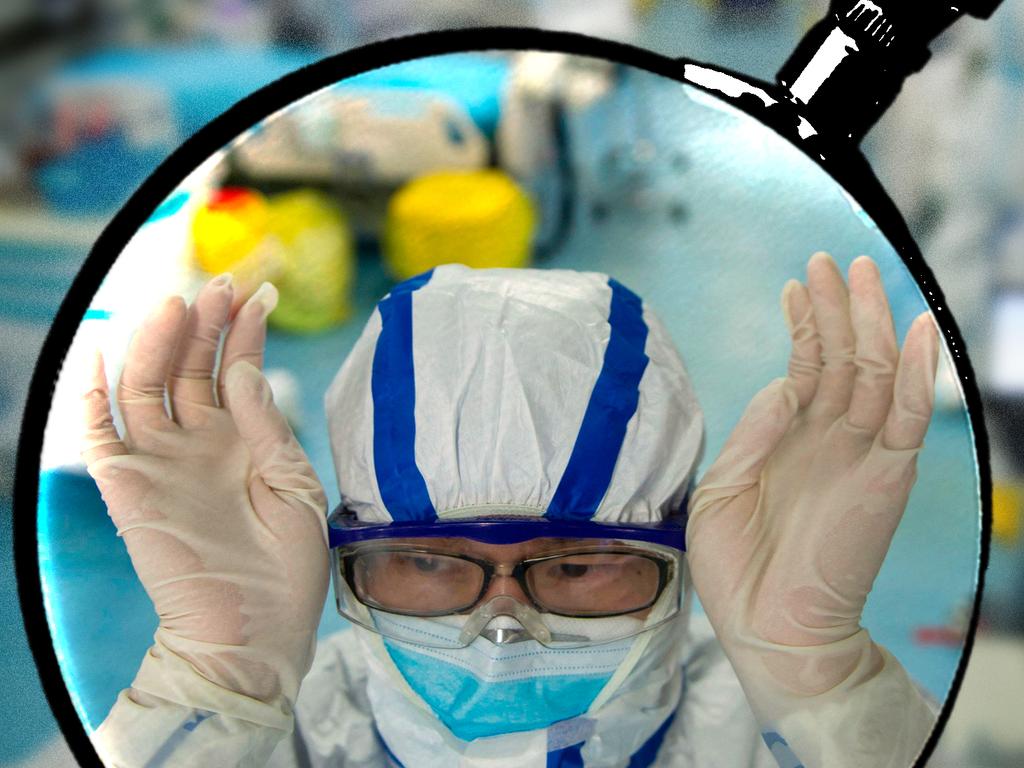Major scientific paper says Covid Lab leak more likely than natural origin
A lab leak that sparked the Covid-19 pandemic is ‘equally or more probable’ than a natural original theory, according to one of Australia’s strongest medical supporters of pandemic lockdowns.

A lab leak that sparked the Covid-19 pandemic is “equally or more probable” than a natural original theory, according to a major scientific paper led by one of Australia’s strongest medical supporters of pandemic lockdowns.
Scientists from one of the country’s foremost infectious diseases institutes, the Kirby Institute at the University of NSW, have concluded a lab leak cannot be dismissed as a plausible theory for the pandemic’s origin, but that the world may never know the truth.
Researchers, led by pandemic expert professor Raina MacIntyre, employed an established epidemiological risk scoring method known as the Grunow-Finke tool and applied it to known information about the origins of the pandemic.
Professor MacIntyre became well known in the early days of the pandemic for her expertise on biosecurity and strong support for tough lockdown measures.
The analysis is in contrast to genetic analysis generally employed by virologists to try to ascertain the virus’s origins.
“An unnatural origin of SARS-COV-2 is plausible, and our application of the Grunow-Finke tool suggests it is equally or more probable than a natural origin, although both remain possible,” the Kirby researchers concluded.

The paper, published in the journal Risk Analysis, argued that although most scientific analysis has dismissed a lab accident as unlikely, a range of different lines of evidence should be applied to analysing the pandemic origins, including not only biology and virology but also intelligence from government and military sources.
“The gathering of intelligence may include open source, signals or satellite intelligence, political factors, as well as other ‘detective work’ to piece together the complex question of the origin of SARS-COV-2,” the paper said. “This would include full records of viruses housed at the relevant laboratories, of experiments conducted, and records of accidents and illness among staff. The question of origin cannot be answered solely by phylogenetic analysis, as viruses resulting from gain-of-function research using serial passage in an animal model cannot easily be distinguished from naturally emerged ones.”

The findings are in contrast to the World Health Organisation’s conclusion that a lab leak from the Wuhan Institute of Virology, which was studying bat coronaviruses, was “extremely unlikely”. The lab leak theory has been cast by many scientists as a conspiracy theory. US intelligence agencies have been divided in their conclusions, with two agencies favouring the lab leak theory. However, the US Office of the Director of National Intelligence said it had no information that indicated the work of Wuhan scientists was the likely source of the pandemic.
Professor MacIntyre’s team analysed factors including biological risk factors associated with the Wuhan virologists’ work, the fact that SARS-CoV-2 was a highly unusual strain of coronavirus best adapted to humans and not animals, which is consistent with gain-of-function research rather than a spillover event from another species, the peculiarities of geographic distribution, the high concentration of the biological agent in the environment in Wuhan, the intensity and dynamics of the epidemic and its unusually fast spread, the specific clinical manifestations of the disease and the fact that human-to-human transmission is the dominant mode of transmission.
Using a modified GFT, the team’s result showed 68 per cent of these factors indicated SARS-CoV-2 is more likely to have an unnatural origin. It documented a series of unusual actions at the Wuhan Institute of Virology. In September 2019, control of the lab was handed over from civilian to military command, and a contractor was hired to renovate the facility’s ventilation system. At the same time, the Institute removed a large virus database containing approximately 20,000 specimens from bats and mice that had previously been accessible to the public, as reported by Sky News’ Sharri Markson in her book, What Really Happened In Wuhan.
International scientists played down the new research and said its method of analysis was subject to differing emphasis depending on perspective. “This type of publication is dangerous and misleading,” Alice Hughes, associate professor in Biological Sciences at the University of Hong Kong, told Newsweek. “Many of the criteria used are subjective, or may be based on guesswork.”






To join the conversation, please log in. Don't have an account? Register
Join the conversation, you are commenting as Logout